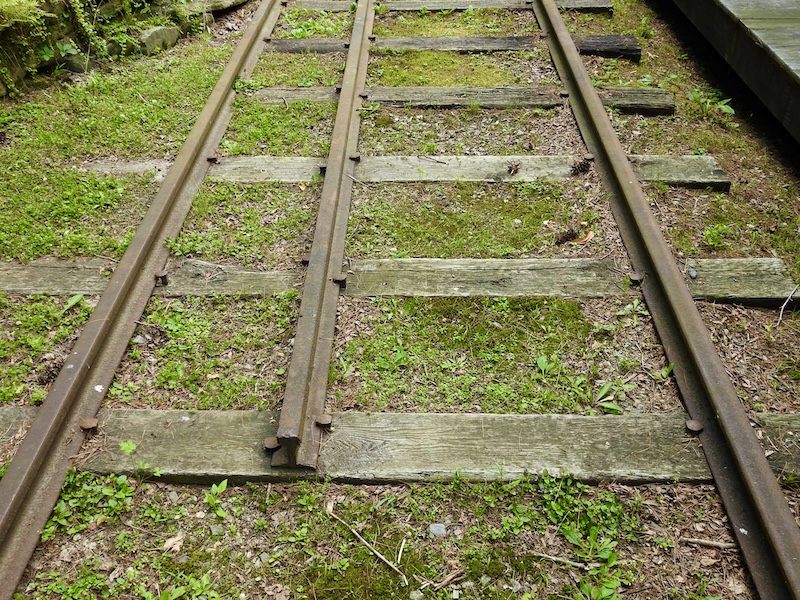
& Newfane Station
Welcome to the West River Railroad Museum
The Newfane Railroad Station includes the old depot building and its original Water Tank House, both of which were built in 1880. The restored Station houses exhibits of the Society’s extensive collection of artifacts, photographs, and manuscripts documenting the West River Railroad over its history of 50 plus years. The Water Tank House with its massive wooden water tank is also open to the public. Visitors can operate a restored handcar on the tracks that stretch between the Depot and the Water Tank House.
Railroad Museum News
-
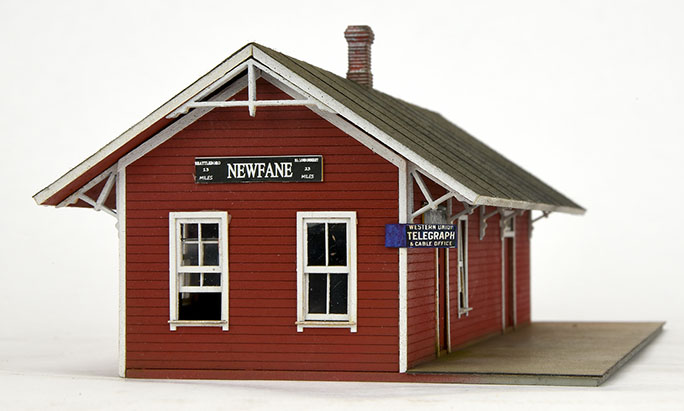
HO Scale Model of the Newfane Station Available for Sale
Attention Model Railroaders! The West River Railroad Museum and The Historical Society of Windham County...
more
Plan Your Visit
Inquiries are welcome year round. Feel free to contact us any time.
Days: Open Saturdays, and Sundays
Times of Year: from Memorial Day weekend through Indigenous Peoples’ weekend
Hours: Noon to 4 P.M.
Location:
Cemetery Hill Road, Newfane Village, VT. The West River Railroad Museum is a short walk from the County History Museum.
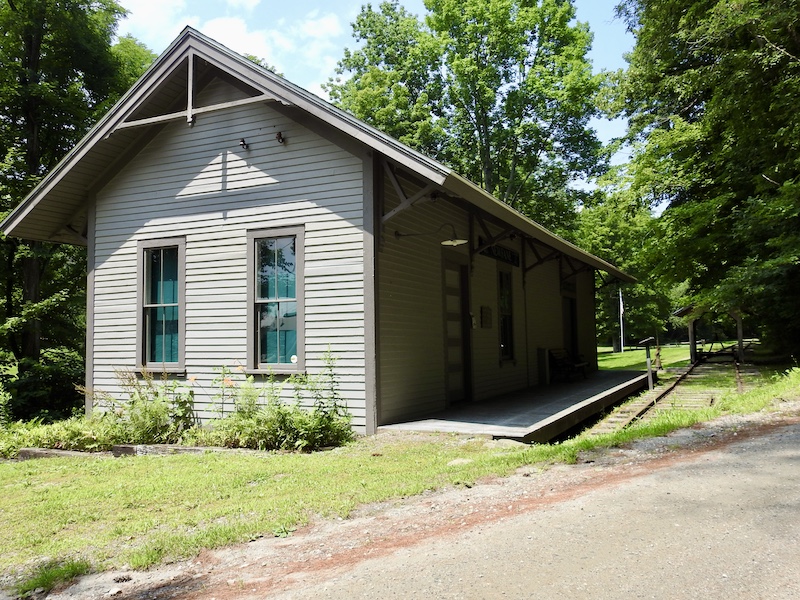
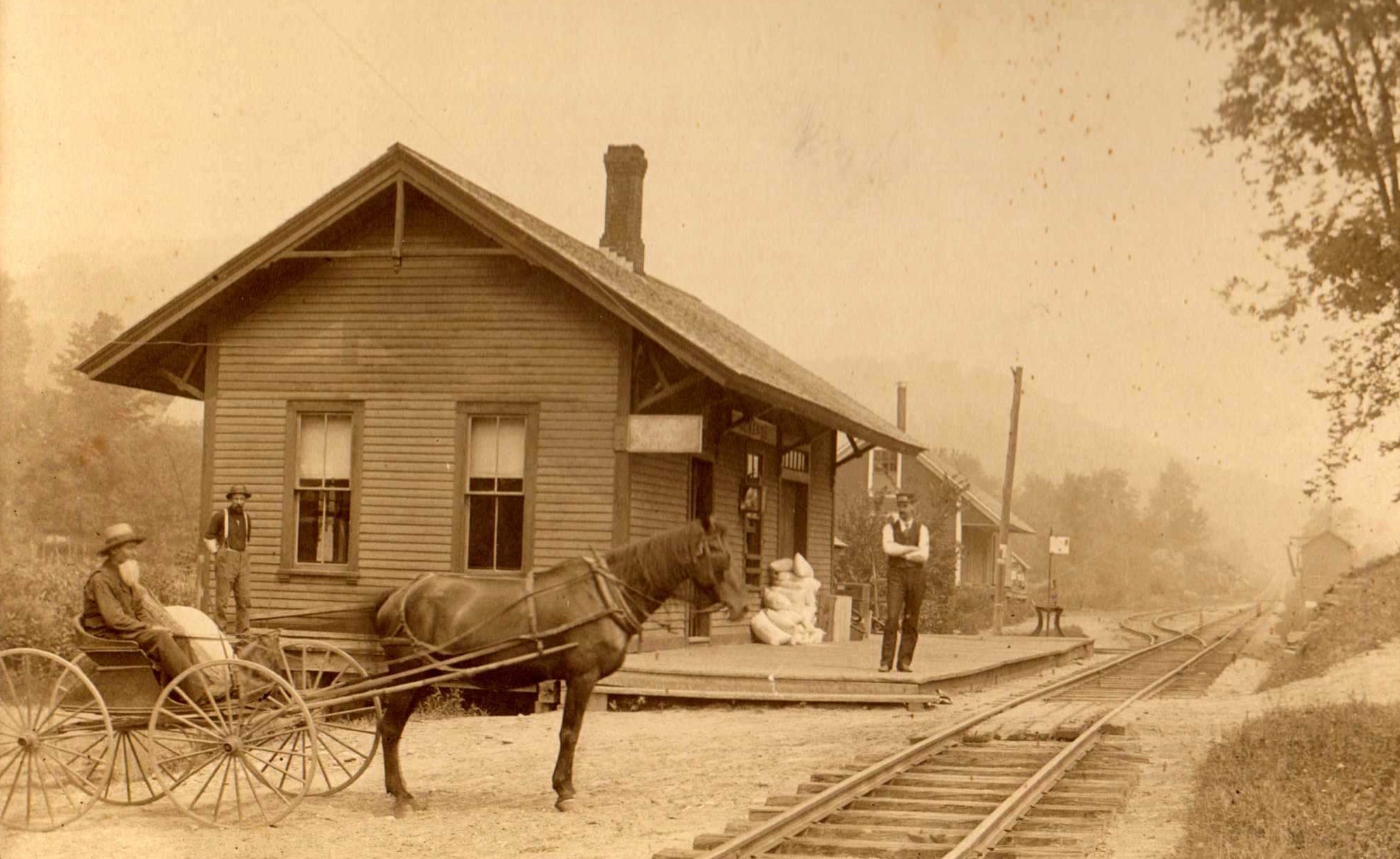
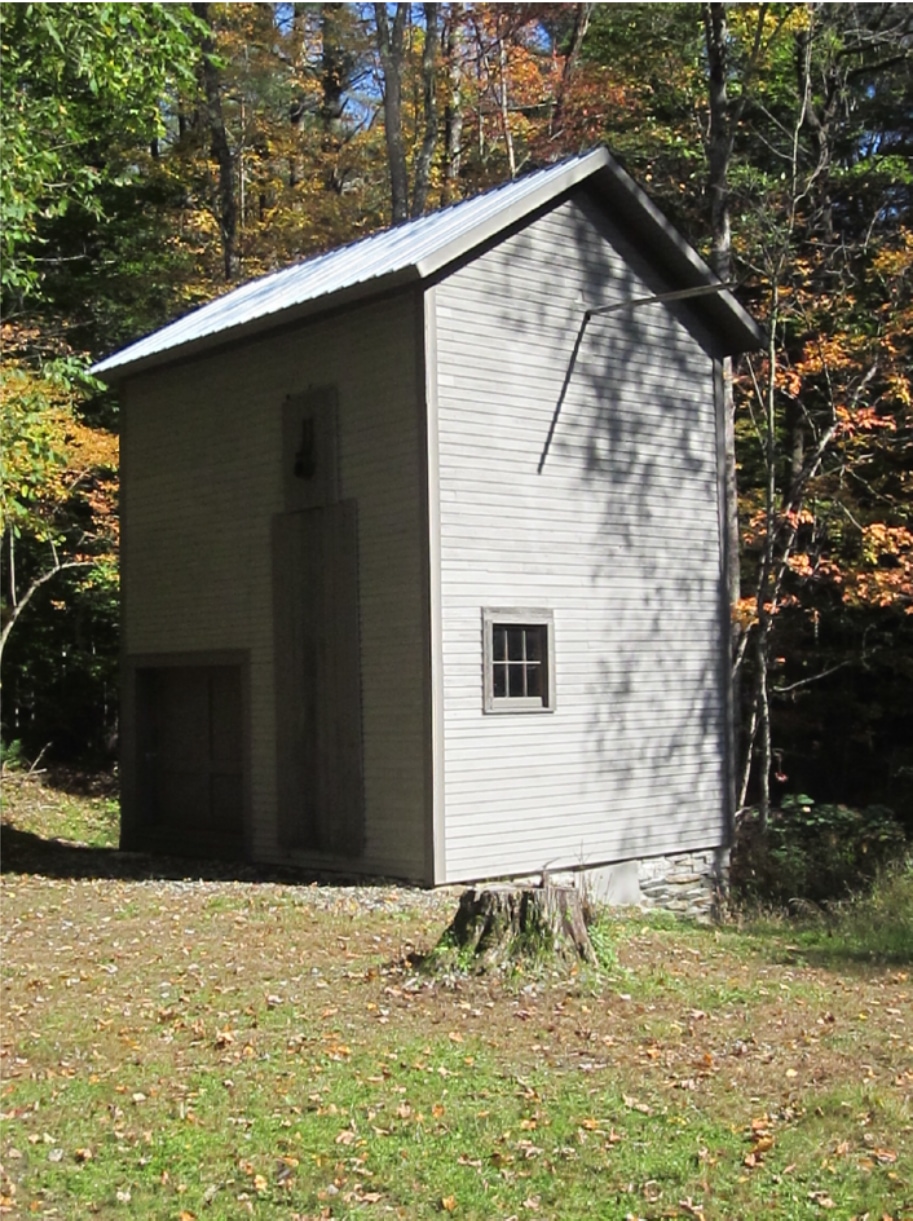

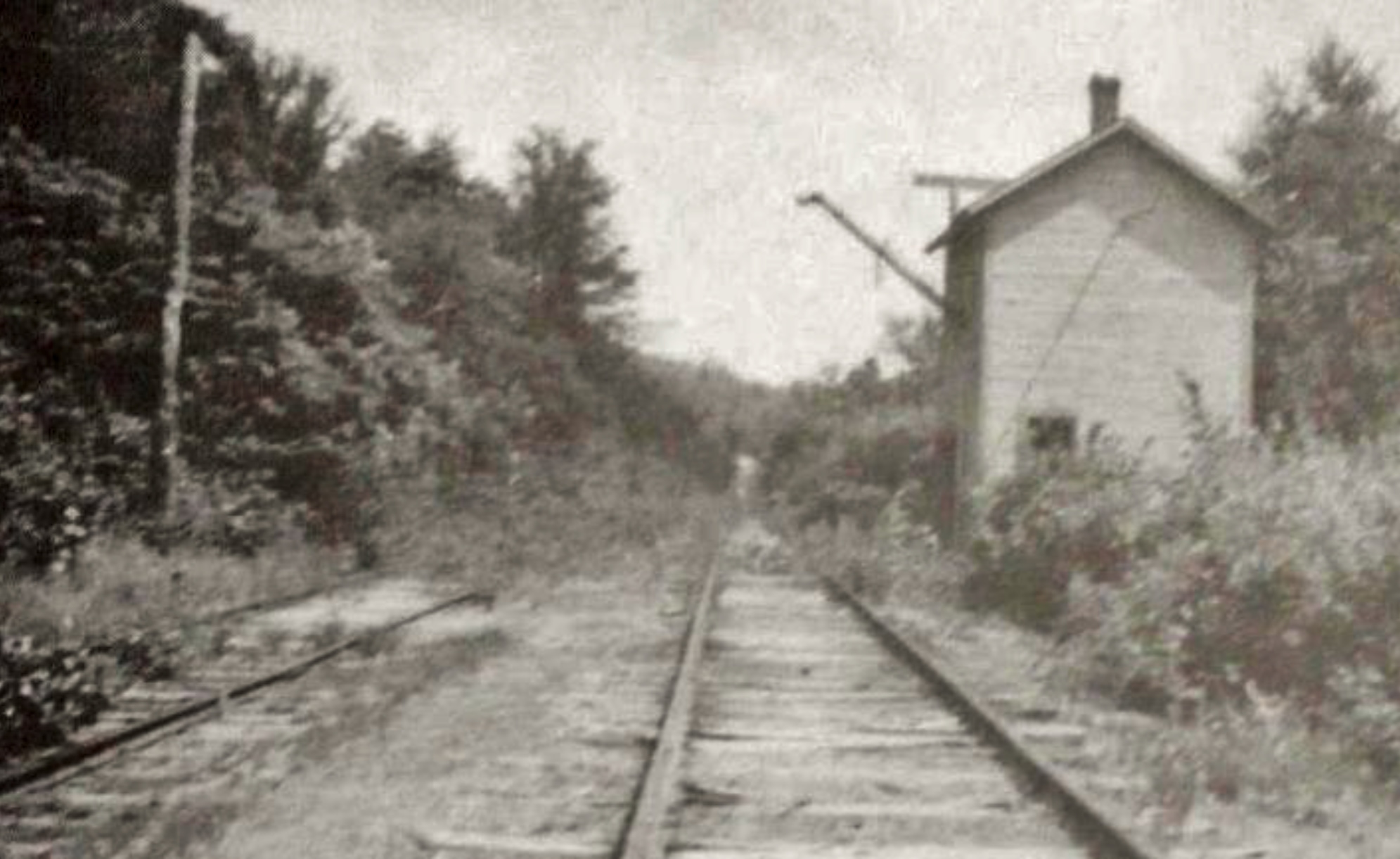
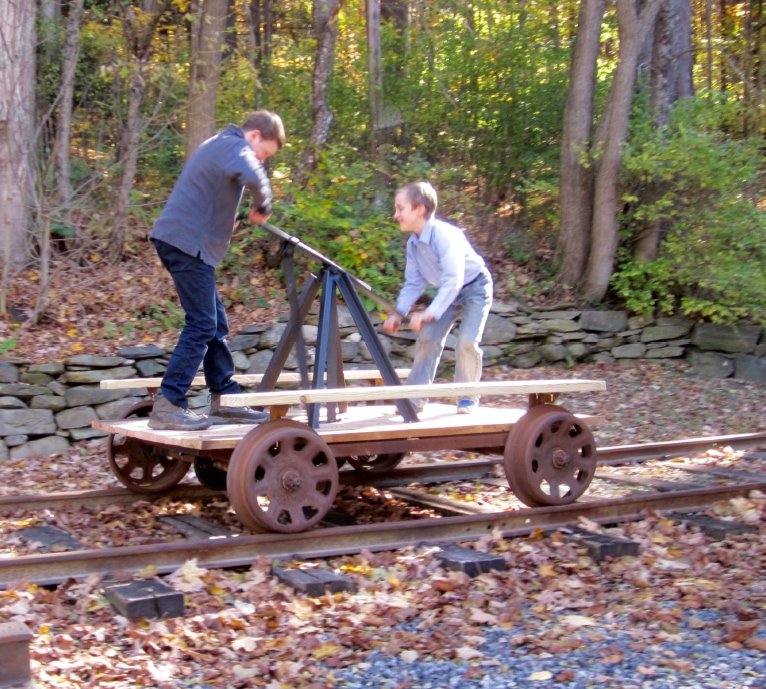
Highlights
The historic Newfane Station is a must-visit, family-friendly attraction in southern Vermont. Visitors are invited to:
- explore the restored historic Newfane Station, filled with an extensive collection of artifacts, exhibits, photographs, manuscripts and oral histories relating to the West River Railroad
- solve a fun scavenger hunt to learn about the railroad
- operate a restored handcar
- see an authentic track switch
- compare narrow and standard gauge railroad track used along the West River
- visit our unique Water Tank House — the only West River Railroad Tank House still in existence and one of the only enclosed water towers in the United States.
- find books, gifts, and more
West River Railroad Museum Grand Opening
The last train rolled down the West River Railroad in 1936. Since that time, the Newfane Railroad Station was in private hands until it was purchased by the Historical Society of Windham County in 2014. The Society undertook the restoration of the Station and thanks to the generous support of friends and foundations, the project was completed in three years.
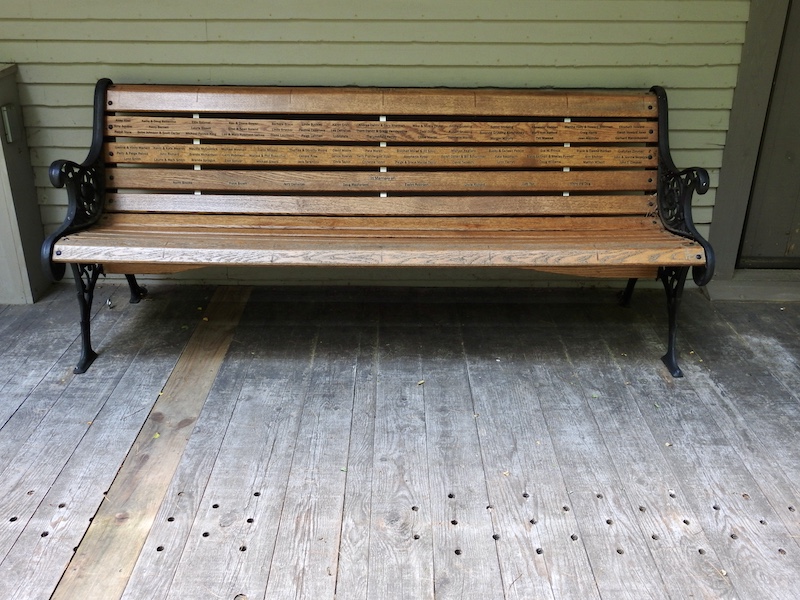
The Grand Opening of the West River Railroad was held in October of 2017.
Watch a 4 minutes video of the event here.
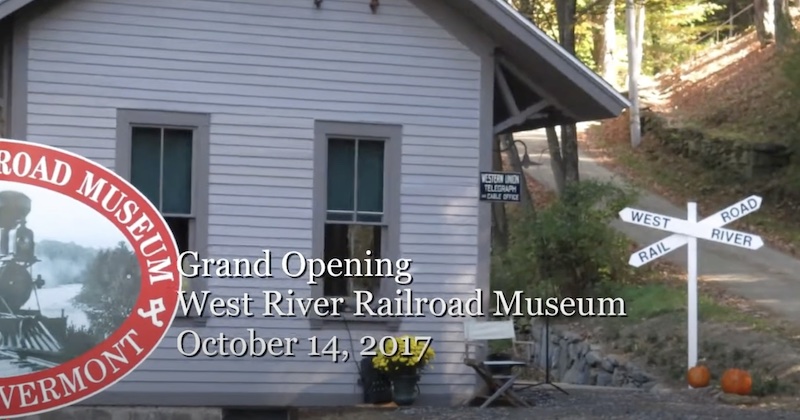
Newfane Station Timeline
1880 Station built
1905 Narrow gauge track replaced with standard gauge
1936 Final West River Railroad train
2014 Station purchased by Historical Society of Windham County
2017 West River railroad Museum opens to the public
